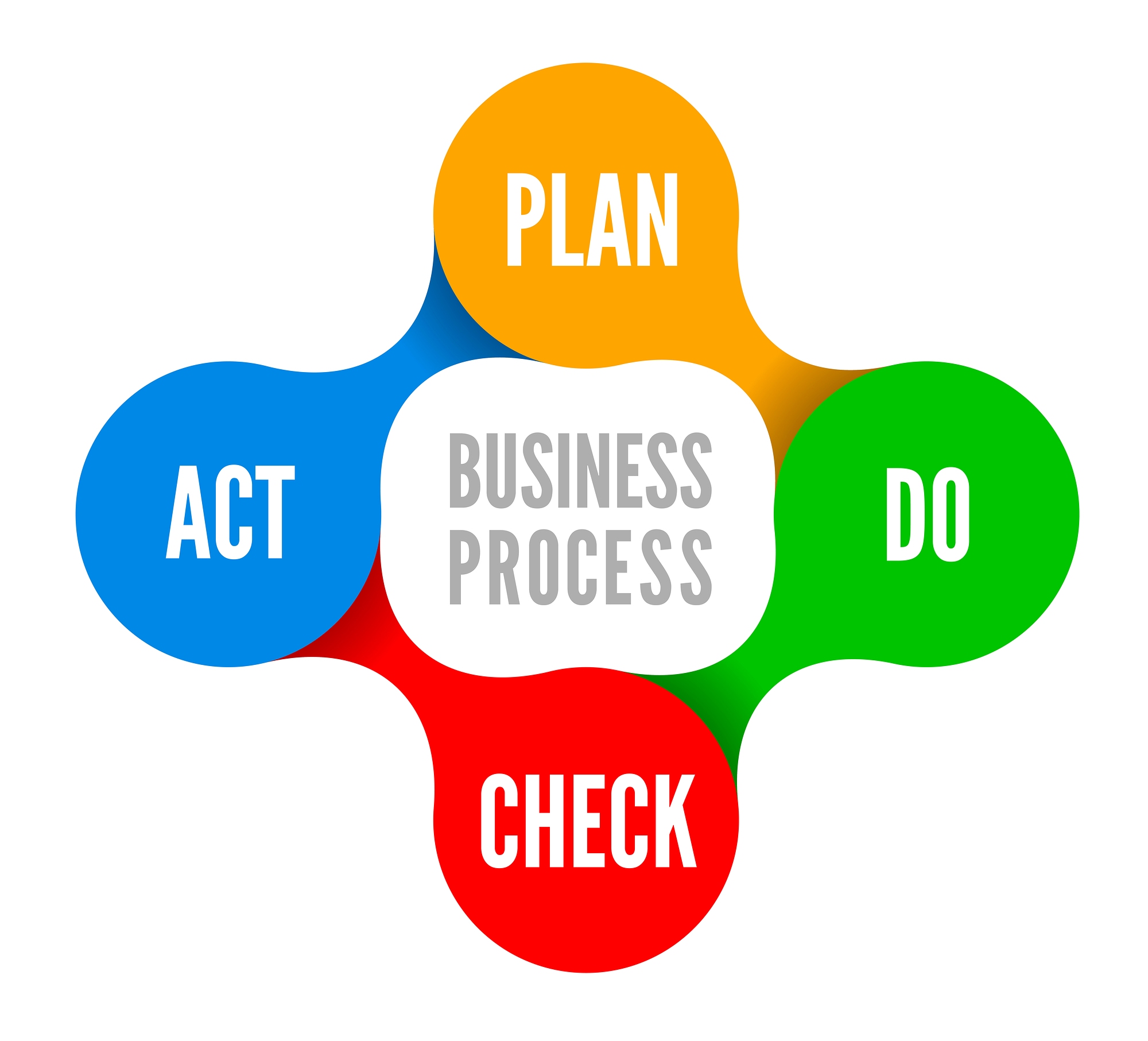1. You can buy a fixed product that can “beat” the market (or an index)
Over time, it is nearly impossible to purchase any sort of fixed price energy “insurance” and end up paying less than a variable/index rate would cost.
The very nature of a fixed contract is that you are asking a supplier to take on risk that you, the buyer, don’t want to bear or can’t bear. If you ask a provider or supplier to do that on your behalf, you will pay premiums for that certainty. By fixing some portion of your cost, you may find that you avoid the volatility that index markets can bring about, but over the long term, you will not “save” money compared to a straight index.
2. Joining forces with other buyers will save me money.
If suppliers were to look at a group of buyers and think of them as a single aggregation, then it would make sense that buying in “bulk” saves money. In fact, suppliers have to manage the supply contracts and credit risk of each individual entity separately. They cannot assume that all clients will have the same credit rating or the same cost or usage load profile. Each client account is priced separately. That’s what you want. You don’t want your pricing to subsidize another client’s pricing. Another downside of an aggregation is that suppliers often need to price and have contracts signed for all accounts at the same time. It is nearly impossible to get all clients on the sam
e timeline for contract decision making.
 3. Reverse auctions save money.
3. Reverse auctions save money.
There are some benefits to participating in a reverse auction. Principally: they provide a documented process that ensures a level of compliance with a set of standard bidding practices. They also create an air of competition around purchasing. That is about as far as the benefits go.
On the downside:
- Retail margins are very slim, and suppliers can’t price a commodity below market to win business in a reverse auction. So while the optics may be great to you, the buyer, suppliers just add extra margin to their starting bid in an auction and then drop their price down toward a normal margin as the auction progresses.
- When you add in the cost of the auction (payment to the auction platform), which is rarely priced in a transparent way, it becomes less likely that the auction produces savings for the buyer.
- You won’t know whether you’re getting a good deal without access to your own pricing model. The only way to verify that you are getting the “lowest price” is to know what the forward market price is, and, ultimately, what a reasonable delivered retail price should be. Auction platforms do not show you the actual market price, they only show you the relative prices of a set of bidders, and how those have moved over the time window of the auction. That information is not a meaningful measure of a discount or of savings.
- Remember that while an auction process might be suitable when the only product you seek is a full requirements fixed price, other products such as index with adder or index with energy blocks usually cannot be accurately compared based on any single bid value.
- Finally, when you purchase your supply using an auction platform, you pay for that service throughout the term of your contract in the form of a fee added to the supplier bill.While it may be convenient to use an auction service, if you are going to pay 0.5-1.0% of your supply costs for a service, you should make sure that the service continues to add verifiable value throughout the term of the contract, not just on one day of the year.
4. I can’t really control my costs, or understand this process. It’s too complicated for me.
 The fact is that there is a straight forward, understand-able process for improving energy cost management. It starts with getting better access to data, then moves in to using data, that has been transformed into useful analytics, to identify both energy efficiency and supply cost management opportunities.
The fact is that there is a straight forward, understand-able process for improving energy cost management. It starts with getting better access to data, then moves in to using data, that has been transformed into useful analytics, to identify both energy efficiency and supply cost management opportunities.
Having analytics and data at hand makes energy cost management investment and decision making much easier.
Once you set up this process, it gets easier and easier to manage your energy costs. The decisions get more and more clear. Make this process part of your regular work flow.
Periodically analyze your information and data. Continue to add feedback on what you observe, as you track cost and usage, into your decision making processes.
Bottom line for businesses: There is no shortcut to a robust, continuous energy cost management process. And there are no secrets or magic bullets that will lower your costs. The first step to making sure you are properly managing energy costs is gaining insight into what your data are telling you about your operation.
